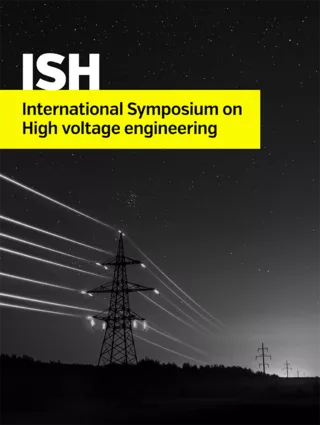Summary
This paper presents our development of a high-voltage probing system. The originality of our design comes from the fact that we choose a different way to automate our system compared to commercial stations. Whereas commercial probing system approach is driven by pad positions and field matrix definition, our solution is based on image processing and transformation matrixes. It helps greatly the user work and it increases the overall reliability. A simple picture of the contact pads is enough to run our system. Manual inputs are limited to electrical parameters, image processing parameters and marking/probing reference points. Image processing allows to select one component family all over the wafer surface. It unlocks automated scan of random component arrangements. This could be helpful for research purposes on expensive materials as silicon carbide or diamond. The output results are as simple as the input picture: breakdown voltages are drawn on a new wafer picture in real time. This picture approach is of a great help in checking every step before launching a measurement run and it eases the reading of component or process quality all over the wafer. PASChAC allows testing semiconductor devices up to 20 kV with a current precision down to 10 pA. I(V) curves can be recorded for any temperature between 80 K and 700 K. It is able to handle small samples of about 1 cm² and wafers up to 4'' in diameter. Vertical two- and three-electrode components can be connected in an automated way.
Additional informations
| Publication type | ISH Collection |
|---|---|
| Reference | ISH2015_203 |
| Publication year | |
| Publisher | ISH |
| File size | 1,011 KB |
| Price for non member | Free |
| Price for member | Free |
Authors
Becan Miha, Zitnik Boris, Kobal Ivo, Vertacnik Borut, Thejane Keneilwe, Fukaya Koki



